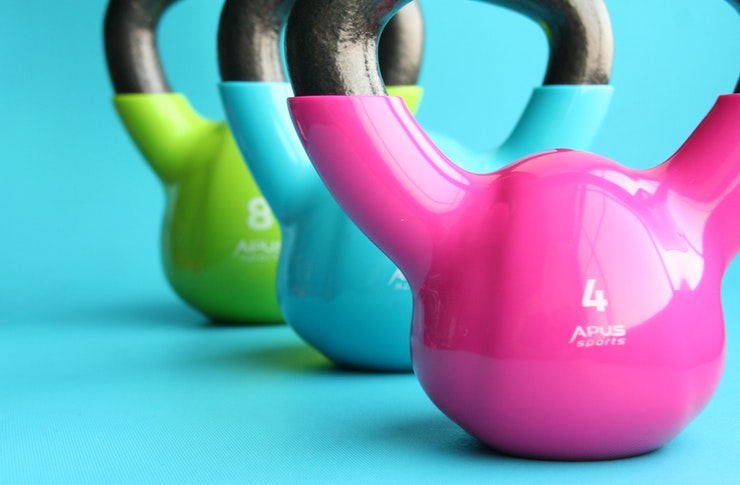Cutting-Edge Innovations in Sports Recovery: A Focus on Traditional Sports
In the realm of traditional sports, one area that's seen a surge of innovation in recent years is sports recovery. Despite its importance, it's often overlooked in favor of performance enhancement. Yet, it's the secret weapon of many top athletes, and with the advent of new technologies and methods, it's becoming an increasingly pertinent topic.

The Growing Importance of Sports Recovery
Recovery is crucial to an athlete’s performance and longevity in sports. It allows the body to heal from the physical demands of training and competition, preventing injuries and boosting performance. In recent years, the sports world has witnessed a shift in focus from mere performance enhancement to a more holistic approach that incorporates recovery. This shift is driven by a growing understanding of the body’s physiological needs and the recognition that optimal performance isn’t just about how hard an athlete can train, but how well they can recover.
The Evolution of Sports Recovery Techniques
Traditionally, sports recovery has focused on rest, nutrition, and physical therapies like massage and stretching. But advances in sports science have led to the emergence of new recovery techniques. For instance, whole-body cryotherapy, which involves exposure to extremely cold temperatures to reduce inflammation and speed up recovery, is gaining popularity among athletes. Another technique, contrast water therapy – alternating between hot and cold water baths – is being embraced for its ability to enhance blood circulation and muscle relaxation.
Sports Recovery and Nutrition
Nutrition has also become a central part of sports recovery. Consuming the right nutrients after exercise can significantly speed up recovery. Proteins, for instance, are essential for muscle repair, while carbohydrates replenish energy stores. In addition to these, certain supplements, like tart cherry juice and omega-3 fatty acids, have been shown to reduce inflammation and muscle soreness after exercise.
The Influence of Technology on Sports Recovery
Technology is playing an increasingly important role in sports recovery. Wearable devices that track sleep and heart rate variability are being used to monitor recovery and guide training decisions. Additionally, innovations like pneumatic compression devices and electric muscle stimulators are being used to enhance blood flow and stimulate muscle recovery. Athletes are also turning to virtual reality for mindfulness practices, which can help reduce stress and improve recovery.
The Future of Sports Recovery
The future of sports recovery looks promising, with new innovations continually emerging. Hyperbaric oxygen therapy, which involves breathing pure oxygen in a pressurized room or tube, is being explored for its potential to enhance recovery by increasing oxygen delivery to tissues. Similarly, regenerative medicine, including stem cell therapy and platelet-rich plasma injections, holds promise for treating sports injuries and improving recovery.
Useful Tips and Facts
- Regularly incorporate recovery techniques into your training regimen.
- Monitor your body’s response to different recovery methods to find what works best for you.
- Don’t overlook the importance of nutrition in sports recovery. Consuming the right nutrients after exercise can significantly speed up recovery.
- Embrace technology as a tool for monitoring and enhancing recovery.
- Stay updated with the latest research and innovations in sports recovery to optimize your training and performance.
In conclusion, the importance of sports recovery in traditional sports can’t be overstated. With the increasing recognition of its role in enhancing performance and preventing injuries, and the advent of new methods and technologies, it’s an area worth exploring for every athlete. By embracing these innovations and integrating them into their training regimens, athletes can not only boost their performance but also extend their longevity in sports.




